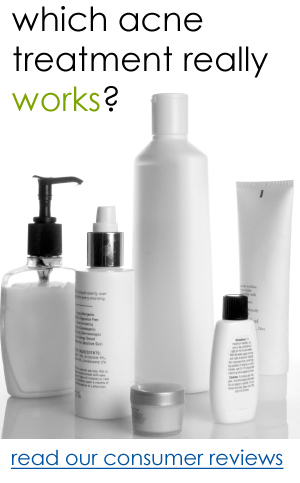Success in Treating Acne Cases Using Photodynamic Therapy As Showed By a New Study
Published:October 17th, 2012
©ba1969
The advancement of science and research lead to a new discovery in the skincare industry which involves photodynamic therapy. According to the primary investigator of the photodynamic therapy (PDT), a new study on PDT shows significant results in acne treatment. This advanced research can be a breakthrough to the skincare industry.
The Experimental Study
During the 2012 Fall Clinical Dermatology Conference, Doctor David M. Pariser, the American Academy of Dermatology’s immediate past-president, states that PDT is a treatment that can be indicated for acne and it has been thought of and researched thoroughly. With the use of various combinations of light sources and photo sensitizers, theoretically PDT has brought hope to the researchers that this treatment will work.
In order to test and show that PDT can be successful in treating acne cases, an experimental research study was conducted. Dr. Pariser, together with his colleagues carried on a prospective, randomized, double-blinded, vehicle-controlled study. They have utilized methyl aminolevulinate/MAL and red light to treat the study’s participants with moderate to severe types of acne. The participants of the study are chosen based on the criteria of number of lesions. Each participant must have a minimum of 25 inflammatory lesions which mostly affects the face.
Conducted for four sessions, the investigators treated the participants with MAL (one and a half hour of incubation), followed by introduction of 632 nm of red light. Each session was done every two weeks for a total of 4 sessions. 12 weeks after the treatment, the investigators observed that there is a statistically and clinically significant reduction in the number of inflammatory lesions. There were also improved global assessment scores, against the control-group participants (unpublished).
Another study was done to test PDT’s capability of treating actinic keratoses, another kind of skin disorder, and it also turned out to be effective. The investigators made use of PDT combined with 5-aminolevulinic acid/ALA plus blue light on the extremities affected with actinic keratoses. After being treated for two sessions, eight weeks apart, it was observed that the there was an improvement in the extremities and less lesions were seen.
Comparing ALA and MAL, Blue Light and Red Light
Although ALA and MAL are almost equivalent when it comes to effectiveness in treating actinic keratoses, Dr. Pariser states that still, MAL may penetrate more deeply when compared to ALA since it is more lipophilic. Therefore, he concluded that mechanistically, ALA works better for skin disorders such as acne and skin cancer.
When comparing blue light with red light, Dr. Pariser stated that the blue light is much efficient in activating PDT, but the downside is that it cannot penetrate the skin’s deeper structures and can only reside in dermis layer. So, if the skin problem involves the sebaceous gland or structure within the subcutaneous layer, it is best to utilize the red light. Also for skin cancer, red light is most preferred.
Dr. Pariser also said that the key in using PDT requires the knowledge on the available science and the definite observation of the depth and type of lesion involved. It is important to keep this in mind to make sure that the treatment will be effective.
(The study that Dr. Pariser and his colleagues conducted was funded by PhotoCure. Dr. Pariser has been working for companies such as PhotoCure, Galderma, and DUSA as an investigator and consultant.)
©ba1969



Write a Comment of Success in Treating Acne Cases Using Photodynamic Therapy As Showed By a New Study